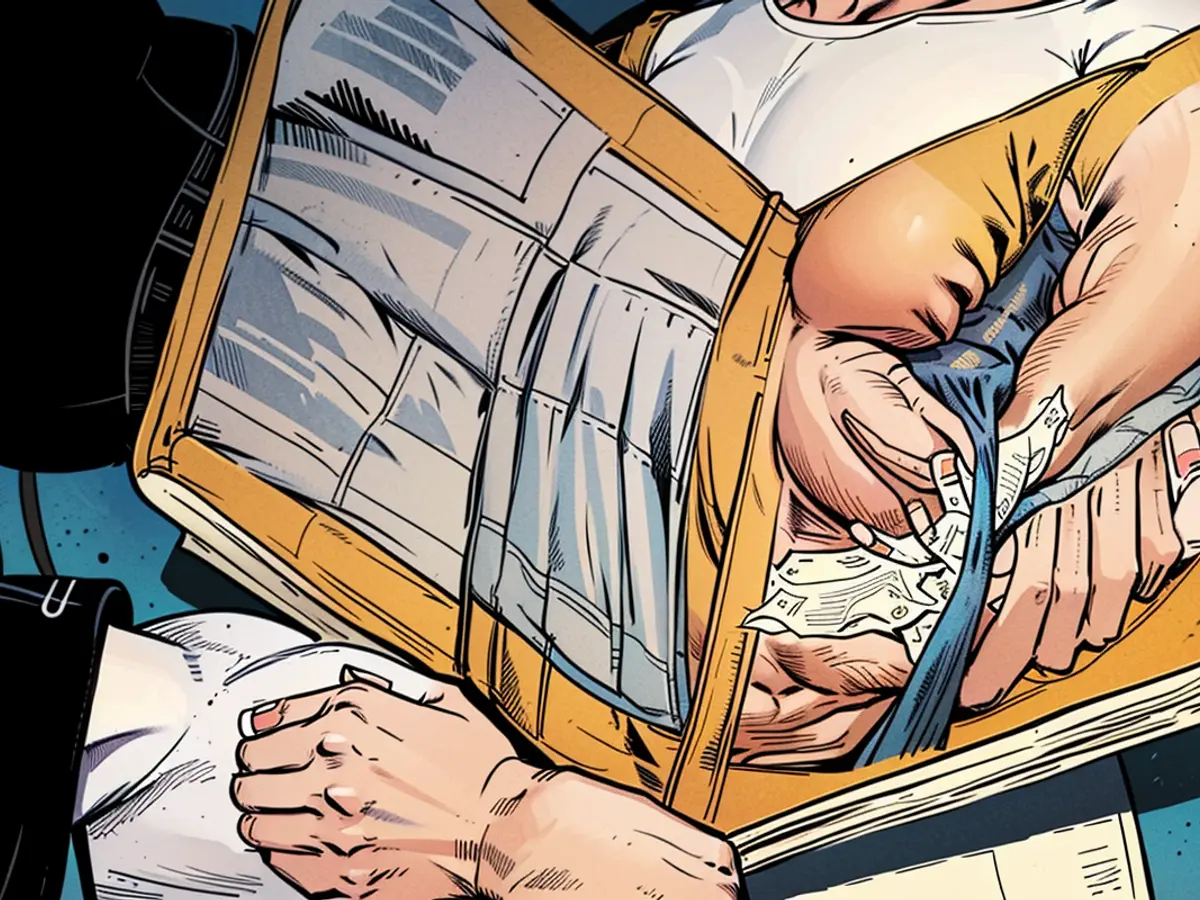Auction failed - Collections acquire sketchbook by Caspar David Friedrich
After disputes over a million-euro auction, a rare sketchbook by Romantic painter Caspar David Friedrich (1774-1840) is now entering public collections. The Klassik Stiftung Weimar, the Staatlichen Kunstsammlungen Dresden, and the Stiftung Preußischer Kulturbesitz, with the support of the Kulturstiftung der Länder, the Ernst von Siemens Kunststiftung, and other donors, have acquired one of the six surviving sketchbooks of Friedrich's. The notebook will be presented in Berlin on a Friday.
The "Karlsruhe Sketchbook" was sold at the Berlin auction house Grisebach for a total of approximately 1.8 million Euros last year. The estimated value of the "Karlsruhe Sketchbook" was previously around 1.5 million Euros. The auction price was 1.45 million Euros, with the gross price for the auction house coming to 1.819 million Euros.
Export Ban as Cultural Property
Just before the auction, it was announced that the sketchbook should be protected as cultural property. The Berlin cultural administration initiated a procedure to have the "Karlsruhe Sketchbook" entered into the registry of nationally valuable cultural property. This resulted in an export ban for the unnamed buyer.
The notebook had belonged to a family in Karlsruhe for over 200 years. According to the information provided, it is the last known, privately-owned bound copy of one of the artist's sketchbooks. Of the estimated 20 of these notebooks, only six have survived. Four of them - some incomplete - are kept at the National Museum in Oslo, and another is at the Kupferstichkabinett in Dresden.
Sketchbook in the Traveling Cloak
Friedrich, who was born in Greifswald, carried the sketchbook in the pockets of his traveling cloak repeatedly between mid-April and early June 1804. The drawings were made in Dresden. Among other things, there are fine pencil drawings of trees, branches, and tree trunks. Several motifs that the artist adopted into his major works can be seen, such as the sketch of an oak tree in his early work "Hunnengrab im Schnee".
- The acquisition of Caspar David Friedrich's sketchbook is a significant addition to the cultural assets of Dresden, Baden-Württemberg, and Thuringia.
- The Prussian Cultural Heritage Foundation played a crucial role in the acquisition of the sketchbook, demonstrating Germany's commitment to its cultural policy.
- The acquisition of the sketchbook signifies a significant milestone in the field of Romantic art and cultural history.
- Museums across Germany are planning exhibitions to showcase the newly acquired sketchbook, offering visitors a rare opportunity to witness Caspar David Friedrich's artistic process.
- The export ban on the "Karlsruhe Sketchbook" has sparked discussions about cultural asset protection and its role in preserving national heritage.
- Weimar and Berlin, renowned for their rich cultural scenes, are set to benefit from the presence of Caspar David Friedrich's sketchbook.
- The auction of Caspar David Friedrich's sketchbook raised controversy, highlighting the complexities in the intersection of art, commerce, and cultural preservation.
- The sketchbook is expected to draw large crowds when it goes on display at museums in Berlin and other cities, reinforcing Germany's reputation as a haven for art and culture lovers.
- The acquisition of Caspar David Friedrich's sketchbook underscores Germany's commitment to maintaining and promoting its rich artistic and cultural heritage.








